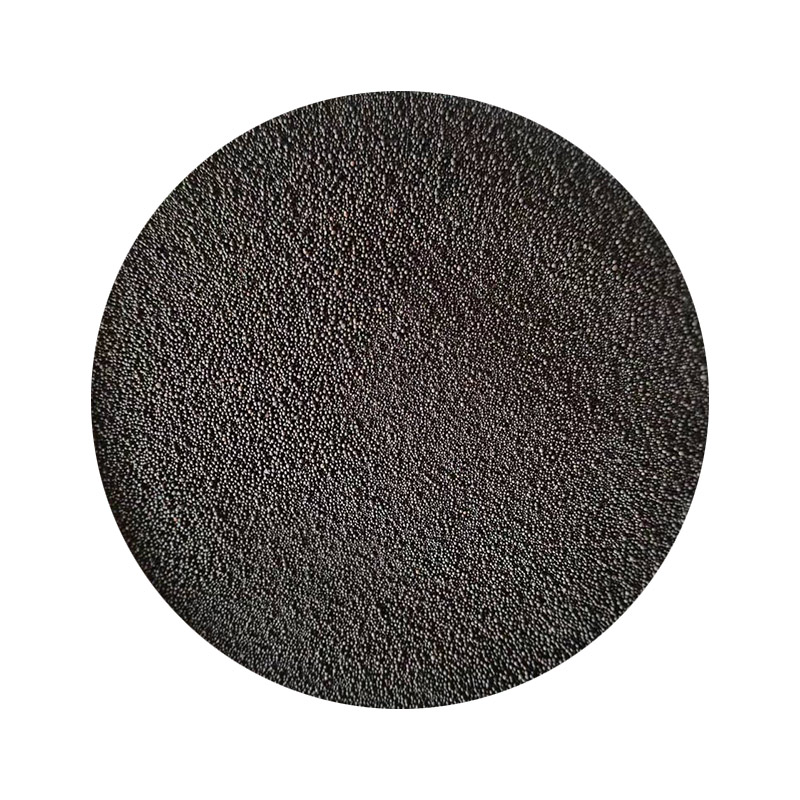The Role of Materials in Sand Casting
Sand casting, one of the oldest and most widely used metal forming processes, involves pouring molten metal into a sand mold to create various components. The success of sand casting heavily relies on the materials used, particularly the types of sand, binders, and the metal being cast.
Sand Types
The primary material in sand casting is sand itself. The most common type is silica sand, known for its high melting point and excellent properties to withstand the heat of molten metal. Silica sand is primarily composed of quartz, making it durable and effective in creating molds that can withstand the stresses of casting.
Another type of sand used is oleic sand, which is often utilized in conjunction with resin binders. Oleic sand is processed to enhance its performance, ensuring it can yield more intricate shapes and improved surface finish. Additionally, synthetic sands, which can be engineered for specific applications, have emerged. These synthetic alternatives can improve mold strength and reduce defects in the casting.
Binders
In sand casting, binders are crucial for holding the sand grains together and ensuring that the mold retains its shape during the casting process. The choice of binder affects the mold’s permeability, strength, and thermal properties. Common binders include clay, which is used in green sand molds, and resin-based binders, which are typically found in no-bake sand casting processes. Clay binds the sand through its natural adhesive properties, creating a reusable mold that can withstand multiple casting cycles.
sand casting materials

Resin binders, on the other hand, are increasingly popular due to their ability to form very strong molds. The no-bake process, characterized by the use of resin and hardener, allows for faster production and better control of mold properties. This technique is particularly beneficial for producing complex shapes and smooth finishes, which are often required in modern manufacturing.
Metals Used
The choice of metal is another critical aspect in sand casting. Various metals can be cast using this method, including aluminum, iron, and copper alloys. Aluminum is favored for its lightweight properties, corrosion resistance, and good fluidity, which makes it easier to fill complex mold cavities. It’s widely used in automotive and aerospace applications.
Cast iron, known for its excellent castability and wear resistance, is another prevalent choice. It is often employed in industrial applications, such as machinery and heavy equipment parts, due to its strength and durability. Copper alloys, while less common, are used for their superior electrical and thermal conductivity, making them suitable for electrical components.
Conclusion
The materials used in sand casting are integral to the success of the casting process. Whether it’s the type of sand, the selected binders, or the metal being cast, each element plays a vital role in determining the quality and performance of the final product. As advancements in material science continue, the sand casting process is becoming more efficient, producing components that not only meet but exceed modern manufacturing standards. This ongoing evolution ensures that sand casting remains a relevant and effective manufacturing method for various industries. By understanding the materials involved, manufacturers can optimize their processes and satisfy the increasing demand for high-quality, precision-engineered components.
Post time:តុលា . 13, 2024 09:25
Next:Toepassingen van zandgieten in diverse industrieën en innovatieprocessen
